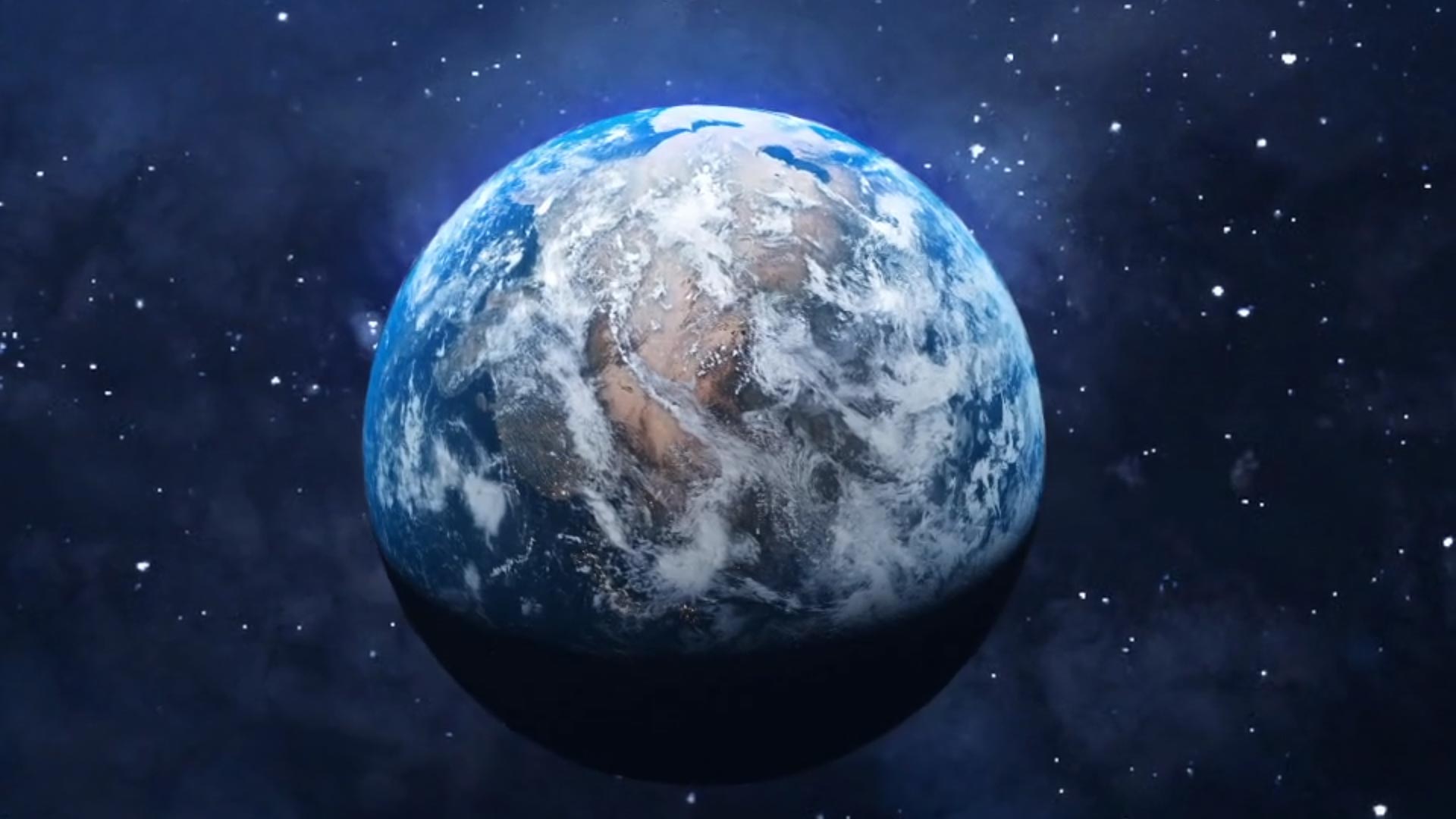During the Early-Middle Devonian period, Gondwana, a massive landmass including parts of Africa, South America, and Antarctica, was situated near the South Pole. Surprisingly, the climate at that time was warm, with elevated sea levels submerging much of the terrain.
One particular group of marine animals called the Malvinoxhosan biota thrived in these cooler waters. This biota consisted of various types of shellfish, many of which are now extinct. For nearly two centuries, the origin and disappearance of these animals have puzzled scientists.
To solve this puzzle, researchers collected and analyzed a vast amount of fossil data. They used advanced data analysis techniques to examine layers of ancient rock, much like sorting through layers of a cake with different ingredients. Through this process, they identified several distinct layers that showed a gradual decline in the number of marine animal species over time.
The researchers discovered that these declines correlated with changes in sea levels and climate. It was a challenging journey that took around 12-15 years to complete. However, through their persistence and perseverance, they were able to uncover remarkable insights.
Their findings suggest that the Malvinoxhosan biota survived during a period of global cooling. They believe that cooler conditions allowed for the creation of circumpolar thermal barriers, essentially ocean currents near the poles that isolated these animals and led to their specialization. However, as the climate warmed again, these animals disappeared, replaced by more generalist marine species that are well-adapted to warmer waters.
Shifts in sea levels during the Early-Middle Devonian period likely disrupted the natural ocean barriers that had previously kept the waters cooler at the South Pole. This allowed warmer waters from regions closer to the equator to flow in, leading to the decline and eventual disappearance of the specialized, cool-water Malvinoxhosan marine animals.
The extinction of the Malvinoxhosan biota had severe implications for polar ecosystems. Biodiversity in these regions never recovered, indicating a complete collapse in their functioning.
This research is comparable to a thrilling game of Cluedo. It reveals a 390-million-year-old murder mystery, where changes in sea level and temperature were the likely culprits behind the extinction event. The mystery deepens, as researchers are still unsure if this event is correlated with other extinctions during the same period elsewhere.
Interestingly, similar declines in biodiversity controlled by sea-level changes have been observed in South America. This highlights a broader pattern of environmental change affecting the South Polar region during this period and emphasizes the vulnerability of polar ecosystems, even in the past.
This research holds significance in light of the current biodiversity crisis we face. It demonstrates the sensitivity of polar environments and ecosystems to changes in sea level and temperature, and reminds us that any changes that occur are unfortunately permanent.
Reference: “The rise and fall of the Malvinoxhosan (Malvinokaffric) bioregion in South Africa: Evidence for Early-Middle Devonian biocrises at the South Pole” by Cameron R. Penn-Clarke and David A.T. Harper, 13 October 2023, Earth-Science Reviews.DOI: 10.1016/j.earscirev.2023.104595
The study was funded by the GENUS: DSI-NRF Centre of Excellence in Palaeosciences, the National Research Foundation, and the Leverhulme Trust.


